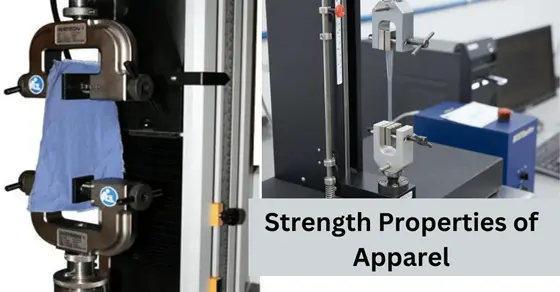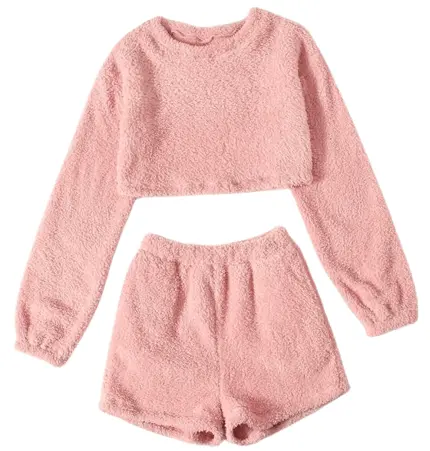Different Strength Properties of Apparel Clothing
Apparel is the finished clothing to wear in the human body. To meet the required quality, apparel must needs to have some specific Strength Properties. The strength of fabric or garment indicates its ability to resist mechanical damage due to the stresses of normal wear and laundering or dry-cleaning. The strength properties of Apparel can be divided into the following three areas:
- Fabric Strength.
- Seam Strength.
- Resistance to yarn slippage

Fabric Strength
Fabric strength can be divided into three areas:
- Resistance to tensile force ( Breaking Strength): Used for woven fabrics. It can be measured in length/ width or both. A specimen of 15 cm X 10 cm is placed between two sets of jaws 7.6 cm apart. Jaws are then pulled away from each other creating a tensile force on the fabric specimen, ultimately resulting in a break in the fabric specimen.
Resistance to tearing/ shearing force ( Tear Strength): Tearing strength refers to its resistance to tearing or shearing force. Used for shirting, bloused , military fabrics such as parachutes, test not suitable for the knit fabrics, felts, or nonwoven fabric with exceptions.
A rectangular specimen is cut in the centre of a short edge to form two tongued ( trouser shape ) specimen, in which one tongue is gripped in upper jaw and other in lower jaw. The separation of the jaw is continuously increased to apply a force to propagate the tear. Force to propagate and continue the tear is calculated from autographic chart recorder or microprocessor data collection.
2. Resistance to bursting force ( bursting Strength): Bursting test are done for knitted fabrics , light weight woven fabric and the non woven fabrics. Bursting strength is the force , uniformity distributed over a given area, needed to break a fabric when applied at right angles to the fabrics.
Seam Strength
Seam strength is tested in almost the same manner as fabric-breaking strength or tearing strength. Seam Failure in a garment can occur because of either failure of sewing thread, leaving the fabric intact, or fabric rupture leaving the fabric seam intact or both breaking at the same time. Elements Affecting the Seam Strength:
- Stitch type: A seam made with chain stitch will be stronger than a seam made with lock stitch.
- Thread Strength.
- SPI ( Stitches per inch ). Up to a level will increase the strength and beyond that level will weaken the fabric so the seam will be intact but the fabric will get ruptured.
- Thread Tension: Increasing the tension beyond a certain point will lead to seam puckering.
- Seam Type: The lapped felled seam will be stronger than the lapped seam.
- Seam Efficiency: It is defined as the seam strength expressed as % fabric breaking strength.
- Elasticity: Elasticity of the seam or stitching should be slightly greater than that of the material which it join.
Resistance to yarn slippage
Seam Slippage in case of woven fabric depends on the stitch rate, weave structure and the width of the seam allowance. Seam cracking in case of the knitted fabric depends on the elasticity.


